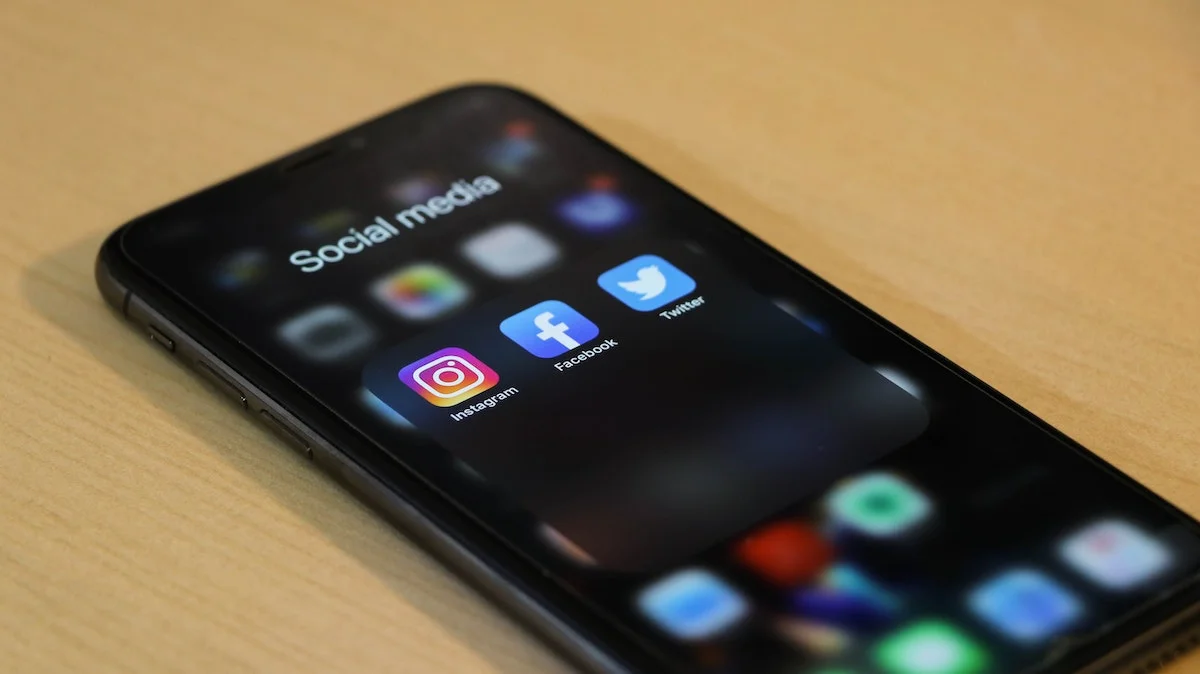DesignJet System Error 21:10

Error 21:10
DesignJet System Error 21:10
This is probably the second most reported DesignJet System Error.
It is relevant for all HP DesignJet models. The machine will report "System Error 21:10 - Call HP Support".
A derivative of this error "System Error 21:13". This can usually be found on the newer machines. The "T Series of DesignJets" and the "Z Series of DesignJets".
When you machines returns this error Contact Hutchins IT and let us provide a fast resolution to minimize down time.
This error will not go away. It will need a certified and experienced engineer to resolve it.
This can sometimes be achieved by a thorough clean of the service station. However this would only be a temporary measure.
At Hutchins IT we always give the customer a choice - either replace the Service Station with a brand new one or with a professionally refurbished unit - at around 60% of the cost.



What is the purpose of the Service Station?
Good Question!
All HP DesignJets have a Service Station of some description.
The main purpose of which is to provide a "safe environment" for the printheads.
Capping
That means when the HP Potter is not in use the printheads are "capped" by the Service Station. This prevents the nozzles on the print plate from drying up and becoming clogged.
Cleaning
The station also provider a cleaner for the print plate. (Nozzles). In most DesignJets this moves back and forth over the print plate wiping excess ink off.
Nozzle Test
As with all HP Printers and Plotters the quality of the print is paramount. To this end, most HP DesignJets have a built in facility to test the integrity of the printheads.
This is achieved with the Drop Detect Sensor (DesignJet 500 & DesignJet 800 do not have this option).
When a Plotter is testing its printheads it will "spit" ink drops into the Drop Detect Sensor. The sensor counts the drops. If for example the prithead spits 20 drops the sensor will expect to see 20 drops.
If it only counts 18 or 19 this will indicate a problem with the printhead. The DesignJet will then clean and prime the printehad and repeat the process.
Priming
HP DesignJets use two methods to prime the printheads - Negative and Positive.
Negative - This priming method involves capping the printheads and trying to drag ink though the print plate by applying a sucking force. The theory is that ink will be pulled through the nozzles and clear any obstruction - ie blocked nozzle.
Positive - This method pumps air around the ink sack, causing it to contract and again, force ink through the blocked nozzle
Once the printheads have been primed the DesignJet will revisit the Drop Detect test.

